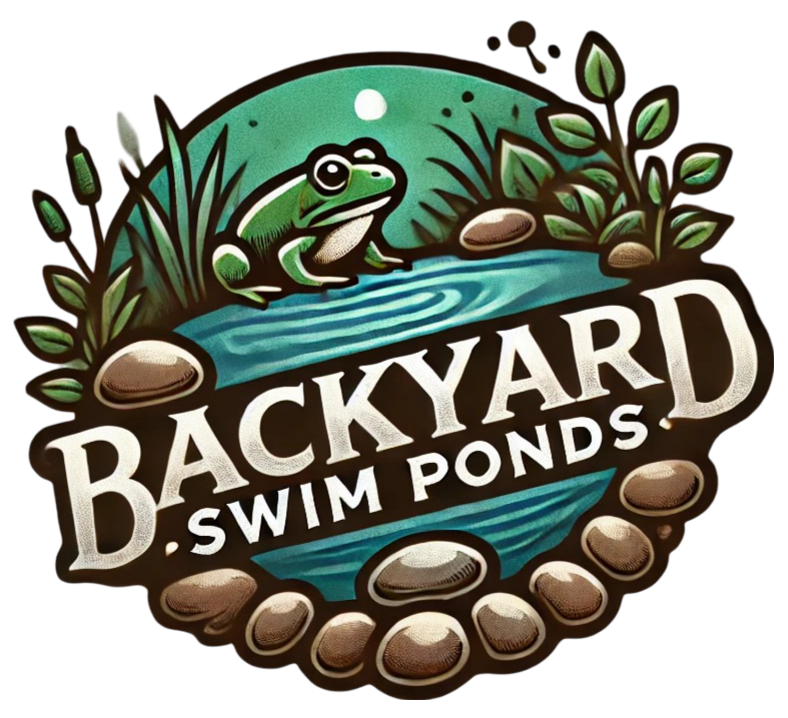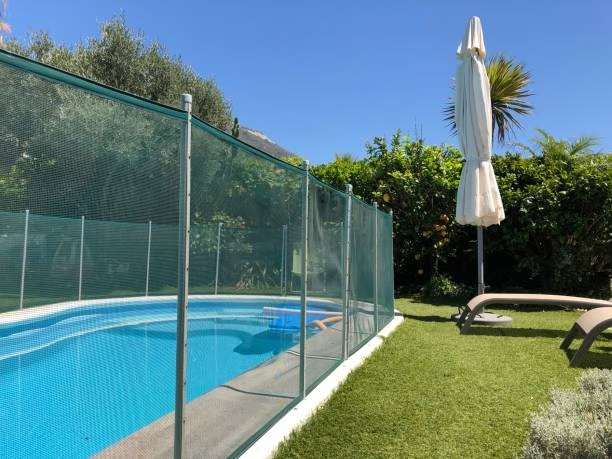Building a non-toxic swim pond can be an enriching project. It enhances the look of your home while providing a safe and enjoyable environment for your family and pets. As interest in natural swimming solutions continues to grow, you have the unique chance to create a beautiful water feature that harmonizes with nature, all while ensuring safety and sustainability. This guide covers essential aspects of designing a safe and eco-friendly swim pond, including safety measures, materials, planting options, filtration systems, relevant regulations, and a comparison of costs.
By the end, you’ll be equipped with the knowledge to build a swim pond that prioritizes safety for both children and pets and fosters a healthy natural ecosystem for everyone to enjoy.
Is Your Family Safe? Understanding Swim Pond Safety for Kids and Pets
Safety is paramount when you are considering a swim pond for your home, particularly when children and pets are involved. Implementing effective safety measures can help you create a worry-free environment. Here are the crucial features to incorporate:
-
Install a Fence: A fence should be at least four feet high surrounding the pond to create a vital barrier. Use self-closing and self-latching gates that are positioned out of reach of small children to enhance safety.
-
Incorporate Sloped Entries: Gradually sloping the entry into the pond reduces the risk of falls. Make sure that the slope is less than 45 degrees to prevent slipping, particularly on potentially slippery surfaces.
-
Designate Swimming Areas: Clearly marked safe swimming depths help separate swimming zones from planted areas. Consider using visible ropes or buoys as additional markers.
-
Provide Non-Slip Surfaces: Utilize materials for the pond edges and surrounding paths that are non-slip. This precaution minimizes the risk of accidents, especially in areas that get a lot of foot traffic.
-
Implement Regular Safety Checks: Schedule periodic inspections of your pond, focusing on fencing, plant health, and any potential hazards to ensure everything is functioning correctly.
Source: iStock
By taking these steps, you can create a swim pond that not only provides enjoyment but also ensures the safety of your loved ones.
What Materials to Use for Non-Toxic Swim Ponds?
Choosing the right materials is crucial for constructing a swim pond that’s both safe and environmentally friendly. Here are some recommendations:
-
Natural Stones and Gravel: These materials are ideal for the edges and base of your pond, as they encourage biodiversity and create a natural aesthetic.
-
Rubber Liners: Consider using rubber liners instead of conventional plastic ones, as they are more durable and less likely to leach harmful chemicals into the water.
-
Non-Toxic Plant Options: It’s essential to select plants that are safe for both children and pets. Native species that flourish in your region will not only thrive naturally but also contribute to the pond’s health by aiding in water purification.
Using these materials will foster a sustainable environment and enhance the long-term health of your swim pond. Research indicates that incorporating native plants can significantly improve water quality without the need for chemical interventions.
:strip_icc()/total-habitat-swimming-pool-5-2000-6dd4fa590ad244b489d3206033e3ce3d.jpg)
Source: Better Homes & Gardens
These eco-friendly materials not only make your swim pond safe but also create a visually appealing and functional ecosystem.
Choosing Plants that Foster Safety and Beauty in Your Pond
Selecting the right plants is vital for supporting a healthy swim pond ecosystem. Here are some recommendations for planting:
-
Submerged Plants: Species like hornwort (Ceratophyllum demersum) and waterweed (Elodea) are excellent choices. They provide essential oxygenation and nutrient absorption, helping to control algae growth.
-
Floating Plants: Water lilies (Nymphaea) offer shade to reduce water temperature and absorb nutrients. Additionally, floating hearts (Nymphoides) contribute extensive coverage.
-
Marginal Plants: Plants such as Blue Flag Iris (Iris virginica) and Pickerelweed (Pontederia cordata) thrive in shallower areas and enhance the visual appeal of your pond while supporting water quality.
These species not only enhance the visual landscape of your pond but also contribute to its ecological health. Research indicates that a mix of submerged, floating, and marginal plants effectively improves water quality and sustains local wildlife.
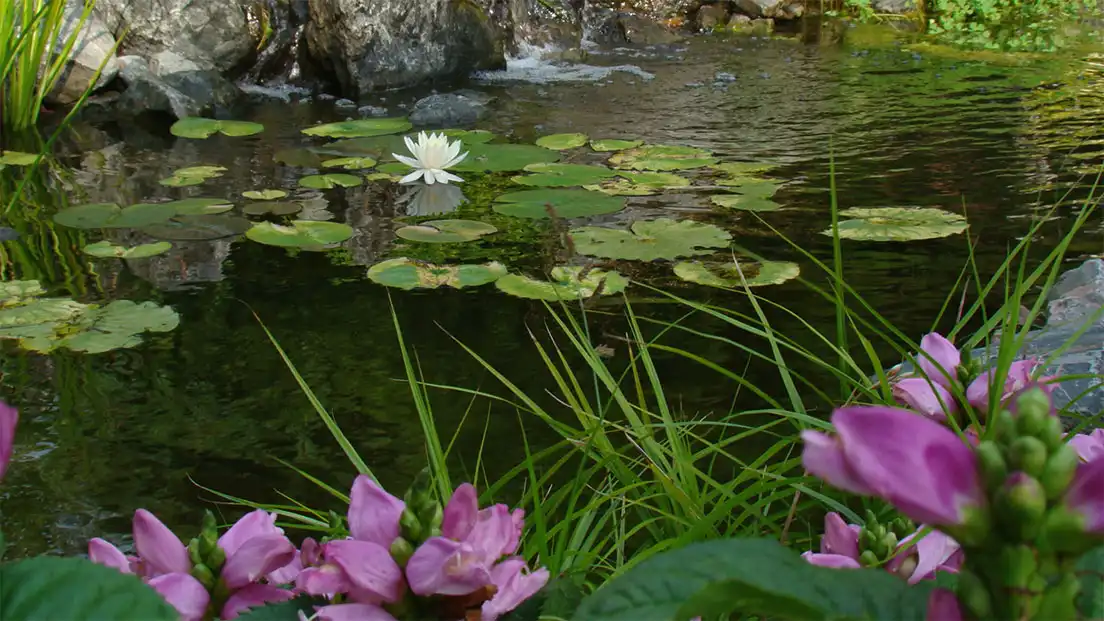
Source: Reflections Water Gardens
Creating a diverse plant community in your pond will result in a lively and vibrant aquatic environment.
Crucial Filtration Systems for Crystal Clear, Safe Water
Effective filtration is essential for maintaining a clean and healthy swim pond. Here are key systems to consider:
-
Bog Filters: These systems offer biological and mechanical filtration, effectively removing excess nutrients and helping control algae. They typically require 10-30% of the total pond area for optimal performance.
-
Skimmers: Skimmers are designed to remove floating debris before it sinks, improving water circulation and clarity. While skimmers do require regular maintenance, they help keep your pond clean.
Combining bog filters with skimmers can provide comprehensive filtration, ensuring that the water quality of your swim pond remains high. Studies have shown that bog filters play a significant role in nutrient management and can greatly improve the overall quality of your water.
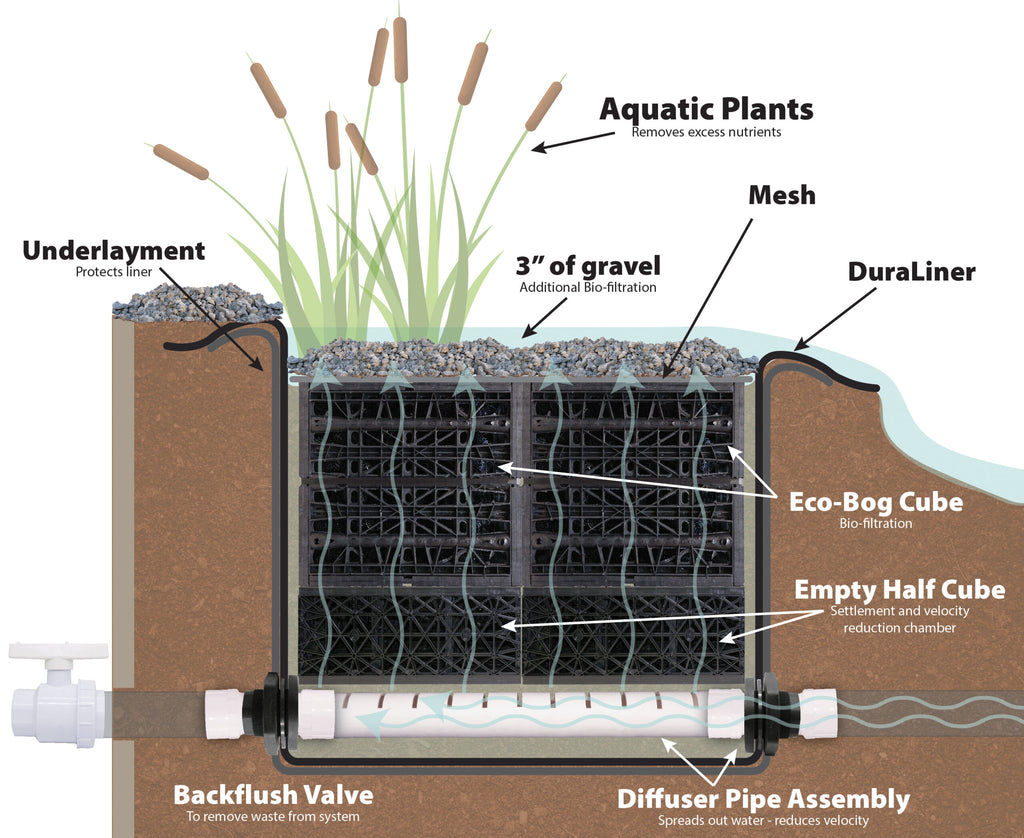
Source: Keystone Hatcheries
Selecting the right combination of filtration systems will ensure that your pond stays healthy and inviting.
Navigating Local Regulations for a Safe Swim Pond
Before breaking ground on your swim pond, familiarize yourself with the local regulations governing construction. Here are the key factors to keep in mind:
-
Permits: Identify whether you need a permit based on the depth of your pond. In many areas, ponds exceeding 18 inches require similar permits to those needed for traditional swimming pools.
-
Safety Features: Local laws often require specific safety measures, such as fencing. Fences usually need to be at least four feet high and should restrict access to the water.
-
Zoning and Setback Regulations: Local zoning laws may impose restrictions on constructing water features in residential areas. You’ll also need to observe any setback requirements—commonly, ponds must be a certain distance from property lines and structures.
Conducting thorough research and communicating with local authorities will ensure that you fully comply with regulations and avoid any complications.
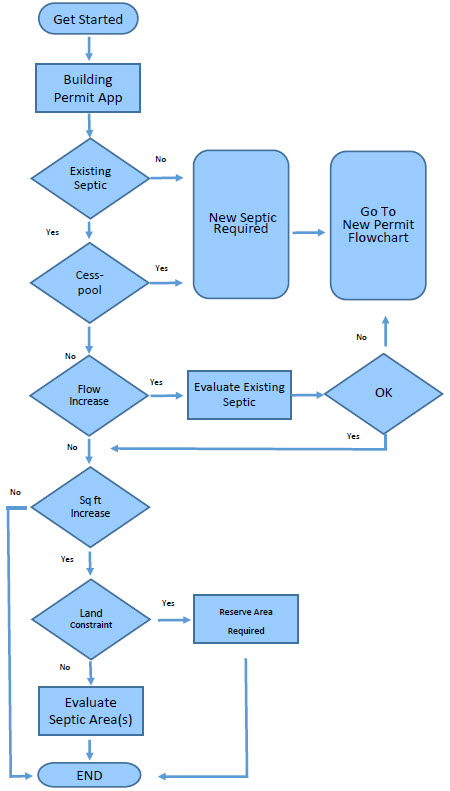
Source: Permit Sonoma
Understanding these regulations from the outset will contribute to a smoother construction process and ensure that your pond meets safety standards.
Cost-Benefit Analysis Natural Swim Ponds vs. Chlorinated Pools
Comparing the costs of natural swim ponds with traditional chlorinated pools is essential for making an informed decision. Here’s the breakdown:
-
Initial Costs: Natural swim ponds generally range from $70,000 to $150,000 to construct, depending on size and complexity. Traditional pools typically cost between $35,000 and $90,000.
-
Long-term Maintenance Costs: On average, you will incur lower long-term expenses with natural swim ponds. Maintenance for conventional pools can be between $1,200 and $1,800 annually, due to ongoing chemical costs, while natural ponds usually involve minimal annual expenses focused on plant care.
-
Additional Ecological Benefits: Beyond the financial aspects, a natural pond enriches local ecosystems and offers a sustainable solution for recreational water.
While the initial investment in a natural swim pond is higher, the long-term savings and ecological advantages can make it a more prudent decision over time.
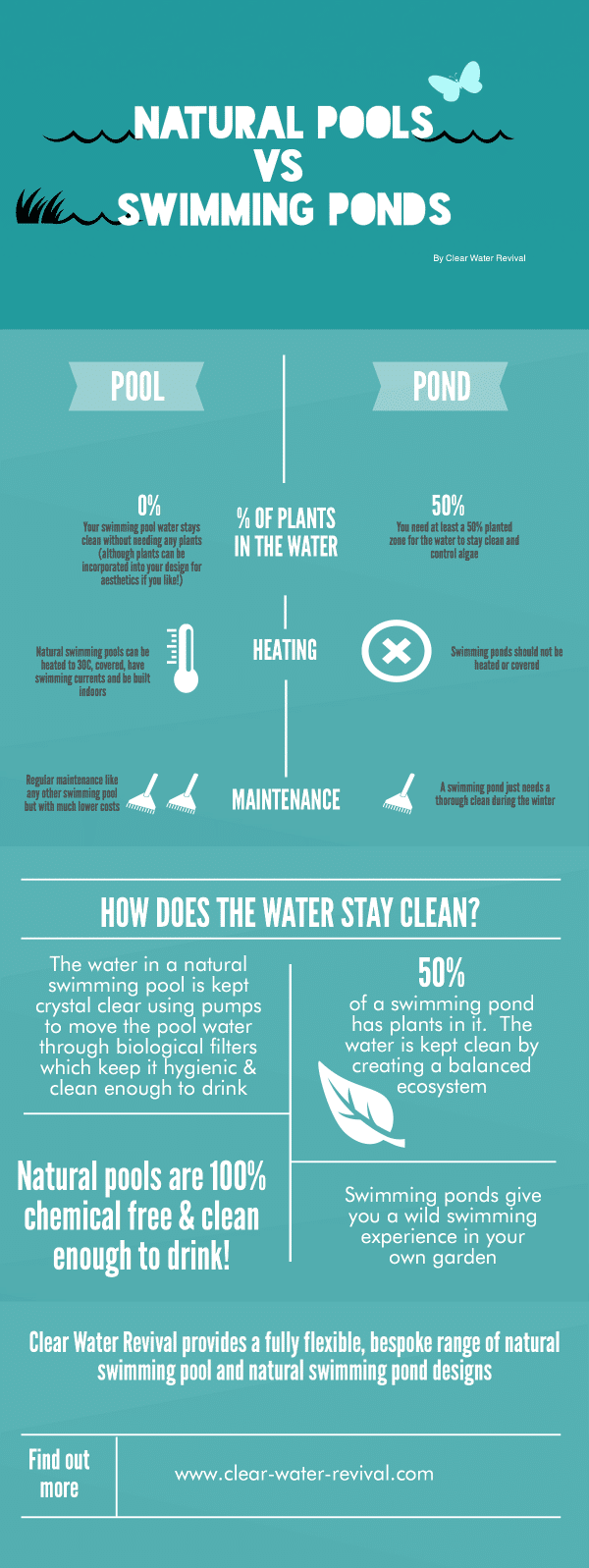
Source: Elemental Green
This thorough cost-benefit analysis will help guide your decision when choosing your swimming facility.
Expert Tips for Family-Friendly Swim Pond Success
Creating an enjoyable, family-friendly swim pond involves ongoing attention to safety, maintenance, and community engagement. Here are useful tips from experts in the field:
-
Prioritize Safety: Regular monitoring and maintenance are essential. Schedule routine checks on fencing, plant health, and filtration systems to ensure everything is operating correctly.
-
Encourage Biodiversity: Select native plants and design the pond to support various wildlife. This approach not only benefits the ecosystem but also creates a more visually appealing environment.
-
Stay Informed: Keep up-to-date with local regulations and changes in guidelines. Engaging with your community can foster the sharing of knowledge and best practices among fellow pond enthusiasts.
By following these expert insights, you can maximize your enjoyment of the swim pond while ensuring its safety and ecological vitality.

Source: Pond Trade Magazine
Maintaining a proactive approach will help you create a safe, beautiful, and eco-friendly retreat for your family.
Conclusion
Investing in a non-toxic swim pond can bring substantial benefits to both your family and the environment. By focusing on safety through sound practices like fencing, selecting the right materials, paying attention to local regulations, and understanding cost implications, you can build a swimming area that’s enjoyable and safe for all.
With thoughtful planning and a commitment to sustainability, your swim pond could evolve into a cherished space for relaxation and recreation for years to come, providing a secure environment for both children and pets.
